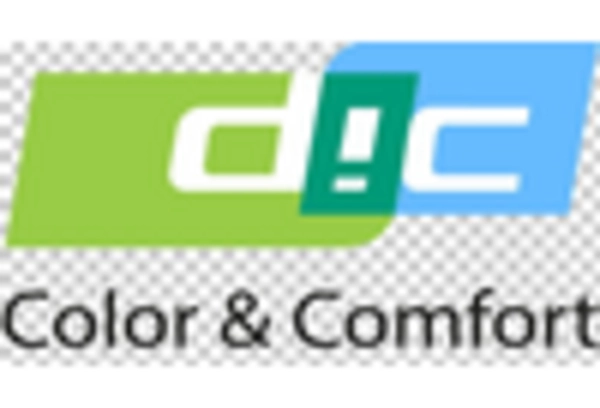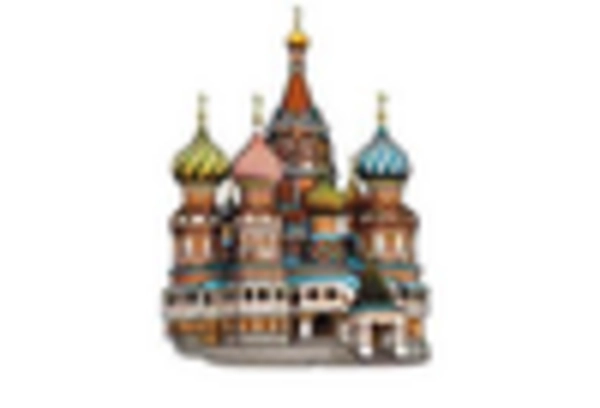Growth of the DIY Market
The rise of the do-it-yourself (DIY) market is a significant driver for the paint pigments market. As more consumers engage in home improvement projects, the demand for a wide range of paint products, including pigments, has escalated. This trend is particularly evident in the US, where the DIY home improvement market is expected to reach $450 billion by 2025. Retailers are responding by expanding their offerings of paint and pigment products, catering to the needs of DIY enthusiasts. The paint pigments market is thus experiencing a surge in demand, as consumers seek high-quality, easy-to-use products for their projects.
Increased Focus on Aesthetic Appeal
The growing emphasis on aesthetic appeal in various industries is driving demand in the paint pigments market. As consumers increasingly prioritize design and visual impact, the need for vibrant and durable pigments has intensified. This trend is particularly prominent in sectors such as interior design, fashion, and consumer goods, where color plays a crucial role in product differentiation. The paint pigments market is adapting to this demand by offering a wider array of colors and finishes, enabling manufacturers to create visually appealing products that resonate with consumers. This focus on aesthetics is likely to continue shaping market dynamics in the coming years.
Rising Demand for Eco-Friendly Products
The increasing consumer preference for eco-friendly products is a notable driver in the paint pigments market. As awareness of environmental issues grows, manufacturers are compelled to develop sustainable pigments that minimize ecological impact. This shift is reflected in the market, where the demand for organic and non-toxic pigments has surged, accounting for approximately 30% of total sales in recent years. Companies are investing in research and development to create innovative, biodegradable alternatives that meet consumer expectations. This trend not only aligns with environmental goals but also enhances brand loyalty among eco-conscious consumers. The paint pigments market is thus witnessing a transformation, as businesses adapt to these changing preferences and regulatory pressures.
Technological Innovations in Pigment Production
Technological advancements in pigment production processes are reshaping the paint pigments market. Innovations such as nanotechnology and advanced dispersion techniques are enhancing the performance and efficiency of pigments. These technologies allow for the creation of pigments with superior color strength, stability, and environmental resistance. As a result, manufacturers can offer products that meet the evolving demands of various applications, from industrial coatings to decorative paints. The paint pigments market is likely to benefit from these advancements, as they not only improve product quality but also reduce production costs, thereby increasing competitiveness in the market.
Expansion of Construction and Automotive Sectors
The robust growth of the construction and automotive sectors significantly influences the paint pigments market. In the US, the construction industry is projected to reach a value of $1.8 trillion by 2026, driving demand for high-quality pigments used in coatings and finishes. Similarly, the automotive sector is experiencing a resurgence, with an expected increase in vehicle production, which relies heavily on advanced paint technologies. This expansion creates a substantial opportunity for pigment manufacturers to supply innovative solutions that enhance durability and aesthetic appeal. The paint pigments market is thus poised for growth, as these sectors continue to thrive and require diverse pigment applications.

















Leave a Comment